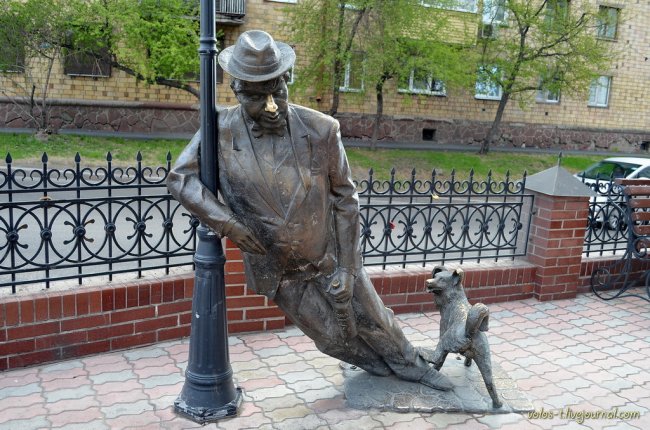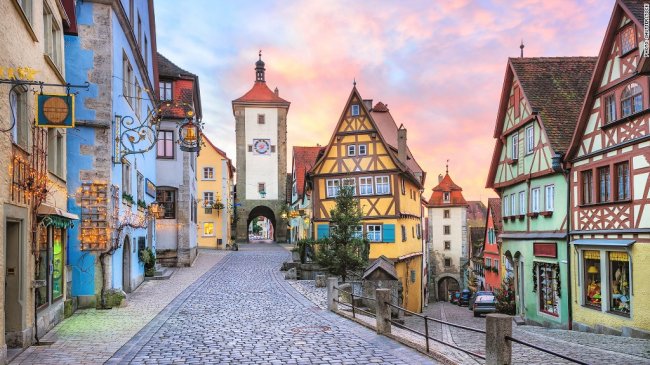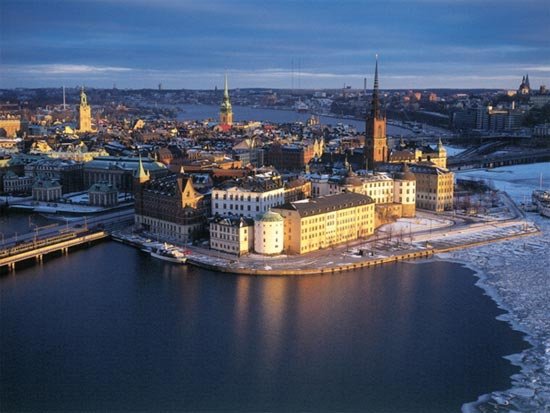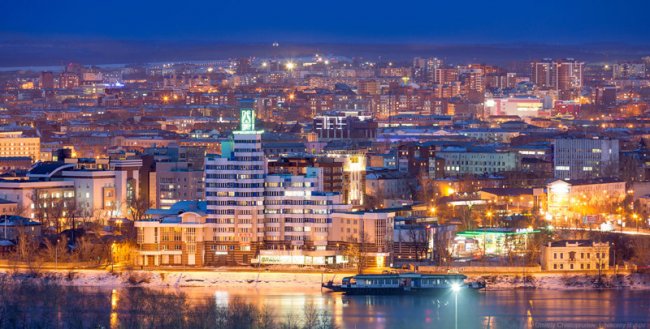Interesting facts about Irkutsk
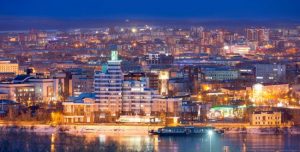 We continue our acquaintance with the Russian cities – Irkutsk. The city is located in the valley of the Angara River, at the confluence of its two tributaries, Irkut and Ushakovka, at the Trans-Siberian Railway, 55 km from the unique natural complex, World Heritage Site – Lake Baikal. Irkutsk is a cultural and scientific center of Eastern Siberia, in which more than 600 thousand inhabitants live.
We continue our acquaintance with the Russian cities – Irkutsk. The city is located in the valley of the Angara River, at the confluence of its two tributaries, Irkut and Ushakovka, at the Trans-Siberian Railway, 55 km from the unique natural complex, World Heritage Site – Lake Baikal. Irkutsk is a cultural and scientific center of Eastern Siberia, in which more than 600 thousand inhabitants live.
The ancient Siberian city, founded as a prison in 1661. In the fire of 1879 was severely destroyed. Referred to the historical settlements of Russia; The historic center is listed on the UNESCO World Heritage List. Before the October Revolution, it was a merchant city that flourished for a long time on Russian-Chinese trade, and later on the gold industry; a place of political exile. From 1803, it was the center of Siberia, from 1822 to 1884 — the East-Siberian General Governorship.
If you look at the modern map of the Russian Federation, then on the line connecting the distance from St. Petersburg to the Kuril Islands, Irkutsk is practically in the middle between these points – this means that we can assume that Irkutsk is the unofficial center of Russia, at least geographically! And to visit the center of Russia, agree interesting and tempting.
Irkutsk is one of the oldest cities in Siberia. In Irkutsk, literally at every step you can find old monuments built 1.5 centuries ago: churches and temples, manors and mansions of famous Irkutsk merchants, figures and Decembrists, residential and apartment buildings. In the area of more than 1000 monuments of history, culture and architecture, which are preserved in its original form. The most valuable monuments include monuments of federal (all-Russian) significance, such as the Dwelling House with the icon painters Startsev, the Church in the name of the Transfiguration, the Angara icebreaker museum, the Taltsy Architectural and Ethnographic Complex, the Mansion of Sibiryakov merchants, later the residence of the general – governors of Eastern Siberia, the Complex of buildings of the East-Siberian department of the Imperial Russian Geographical Society.
In the Irkutsk region is located one of the greatest lakes in the world, the cradle of many ancient tribes and peoples, Lake Baikal, which stretches along the surface of the planet for 600 kilometers. The maximum depth is 1,637 meters, with the depth of the lake gradually increasing, the bottom of Lake Baikal below sea level by 1167 meters, and the mirror of the lake’s waters 453 meters higher. The water of Baikal is so clean that objects can be seen at a depth of 40 meters.
A unique animal is found in Lake Baikal – the Baikal seal, which can be seen with one’s own eyes.
Irkutsk is located directly on the Angara River, where this river has such a powerful and deep flow that it seems that this is some kind of huge river, like the Nile or the Mississippi. No wonder it is called the people of the North Amazon. Angara is the only one of all Baikal rivers that flows from this lake!
Until 1878, the city and provincial coat of arms was one. He contained an image of Babr (the outdated name of the Ussuri tiger), carrying sable in his teeth. The Irkutsk people themselves explained their coat of arms in the following way: the babr of all the Siberian animals is more famous and less frequent, and the sable is famous for the high cost of its kind and the celebrity of commerce. Arriving in 1871 for the post of Governor-General N.P. Sinelnikov, the following year, on his own initiative, he changed the provincial coat of arms. Thus, there were two coats of arms: urban with Babr and provincial with a beaver that holds sable in its teeth. This arbitrariness of the governor-general crossed all the original noble meaning of the image of the Irkutsk coat of arms. A few years later, in 1878, the highest example of the new Babr was approved. This new babr had such a predatory appearance that many Irkutsk citizens accepted this emblem as an insult, and for twelve years Siberians ignored this symbol of predation, calling the image on the emblem a dog holding a cat in its teeth. The ruler of the affairs of the East-Siberian department of the Russian Geographical Society, I.Selsky, wrote: “For many years our coat of arms was distorted, instead of a tiger on state seals and coat of arms represented a beaver holding a sable in its mouth”.
The first city public garden was founded on October 3, 1824 on the banks of the Angara River, near the former Gostinodvorskaya Square. In the name of the nearest church, this garden was popularly called Spassky and occupied an area of 2 acres 172 fathoms. In it are constantly arranged performances, festivities and illuminations. On weekends and holidays, an orchestra played here.
Until 1829, the city’s transport links with suburbs across the Ushakovka River were carried by water ford. The first wooden bridge over Ushakovka to the Znamenskoye suburb was built in 1829. Almost 30 years later, in July 1857, it was rotten and outdated.
